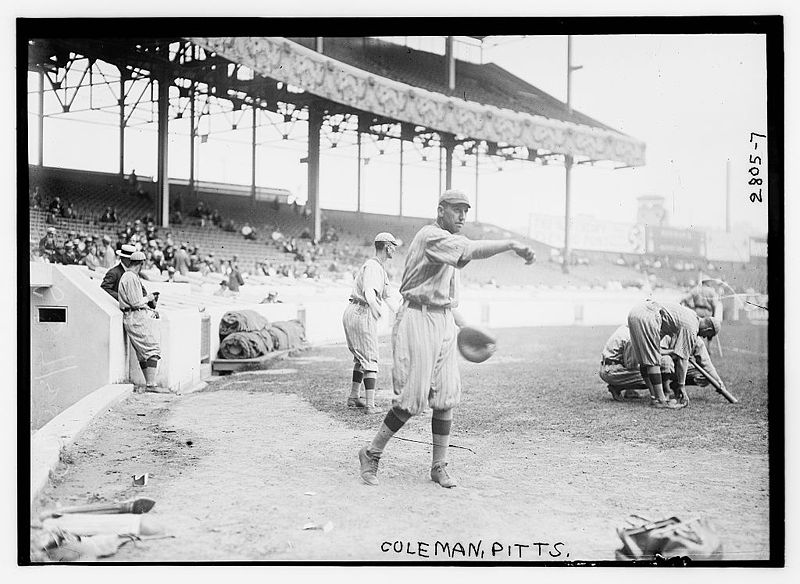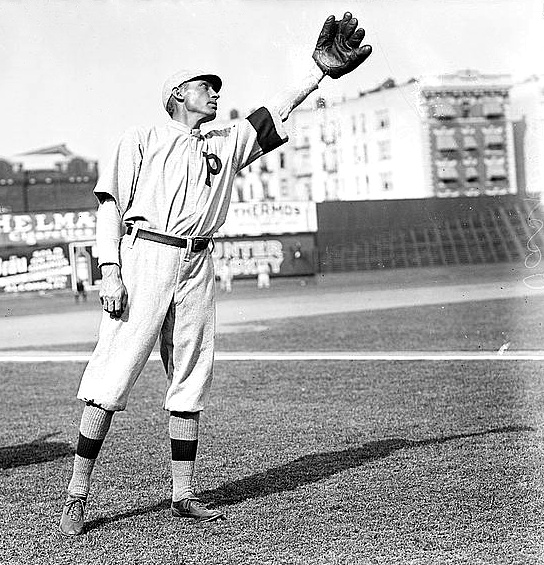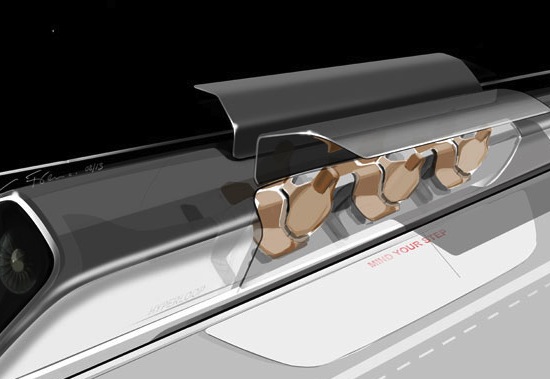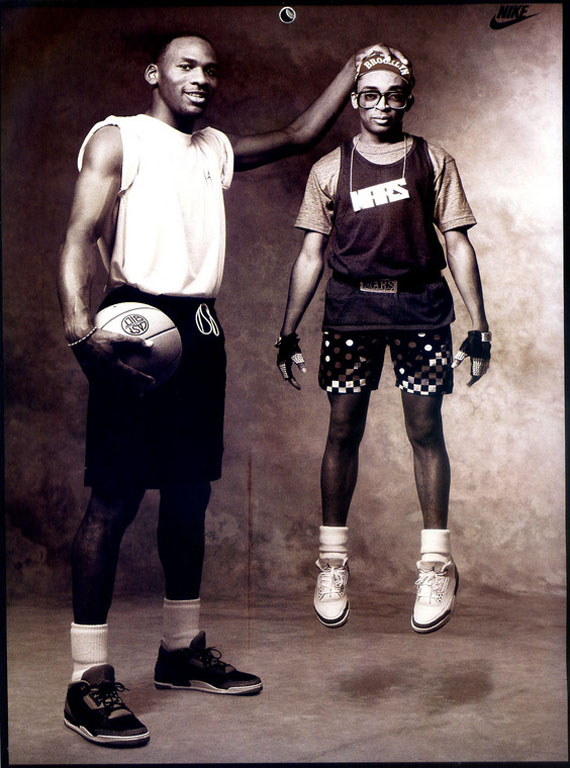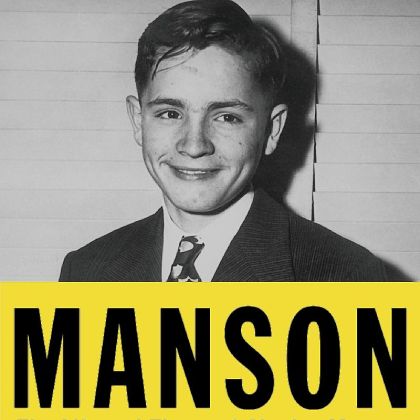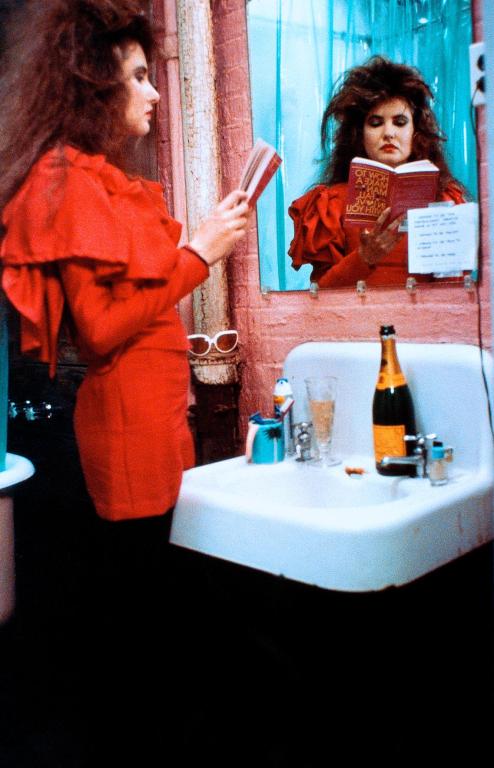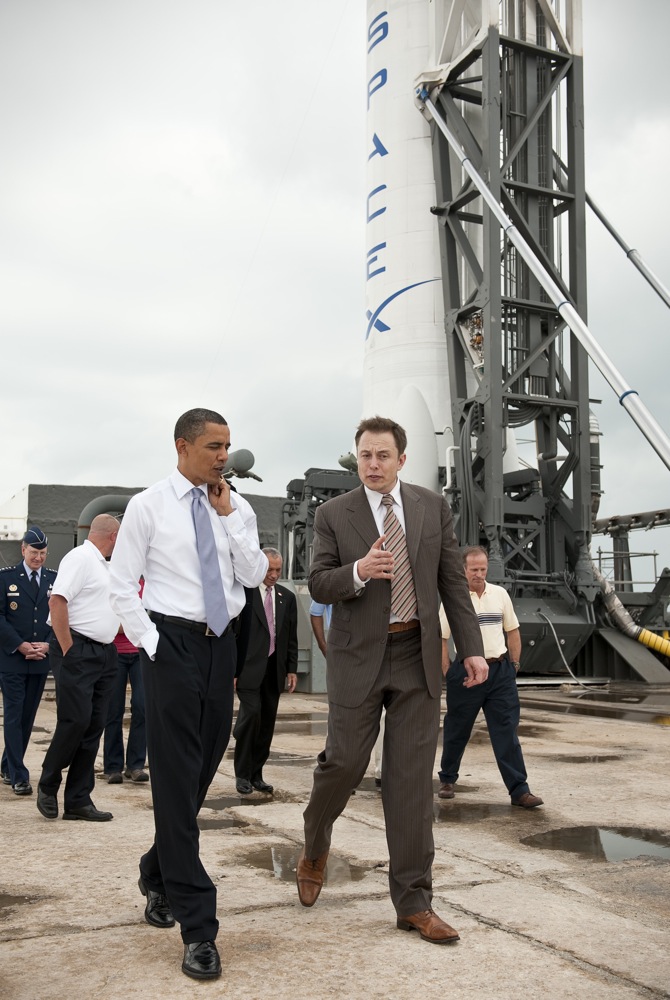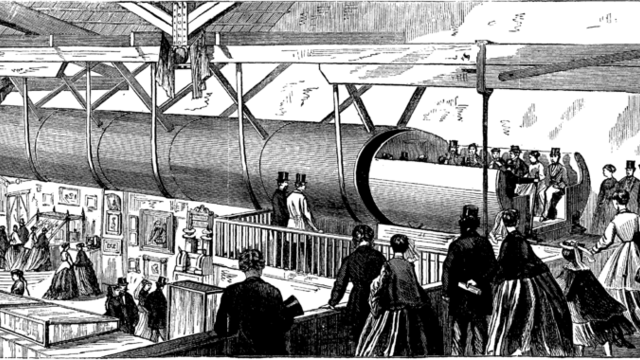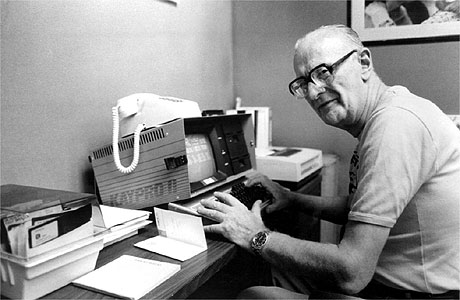You look at the Pittsburgh Pirates with the team’s lack of Kershaws and King Felix’s in the rotation and wonder how they’ve allowed the fewest runs in baseball, claiming the MLB’s best record after suffering through 20 straight losing seasons. It’s not because of a special diet for the players but because of Moneyball-ish opportunism: defensive shifting that’s the best in the game. The masterminds behind the schemes are Dan Fox, the team’s director of baseball systems development, and quantitative analyst Mike Fitzgerald. From “The Hidden Secret Behind Baseball’s Best Team,” by James Santelli at Pirates Prospects:
“Fox, the Pirates’ director of baseball systems development, and quantitative analyst Mike Fitzgerald are the minds behind a defensive scheme that has pulled MLB’s most alignment shifts in baseball on balls in play (according to Baseball Info Solutions) and turned the most batted balls into outs. The Pirates have adopted Fox’s plan gradually over the last three years, and now the results are evident for the defense that is MLB’s second-best team at preventing runs this year.
‘Our willingness to be more aggressive in optimizing our positioning has definitely been one of many factors,’ Fox says. ‘I definitely think it’s helped.’
Let’s take this back to basics: A baseball team gets to put 9 players out on defense. The spots for the pitcher and catcher are largely fixed, but the seven other players have been placed in the spots teams believe can best cover the two acres of grass and dirt and three bases on the field. Over the years, those players have converted about 70 percent of their plays into outs.
How do you improve that? You look at where the batters hit the baseballs your defense is trying to grab and throw. Today, we have data that tells us where and how hard the batters are hitting the ball, where the pitchers give up their ground balls fly balls and the best way to defend those balls to throw out the batter before he can reach base.”

